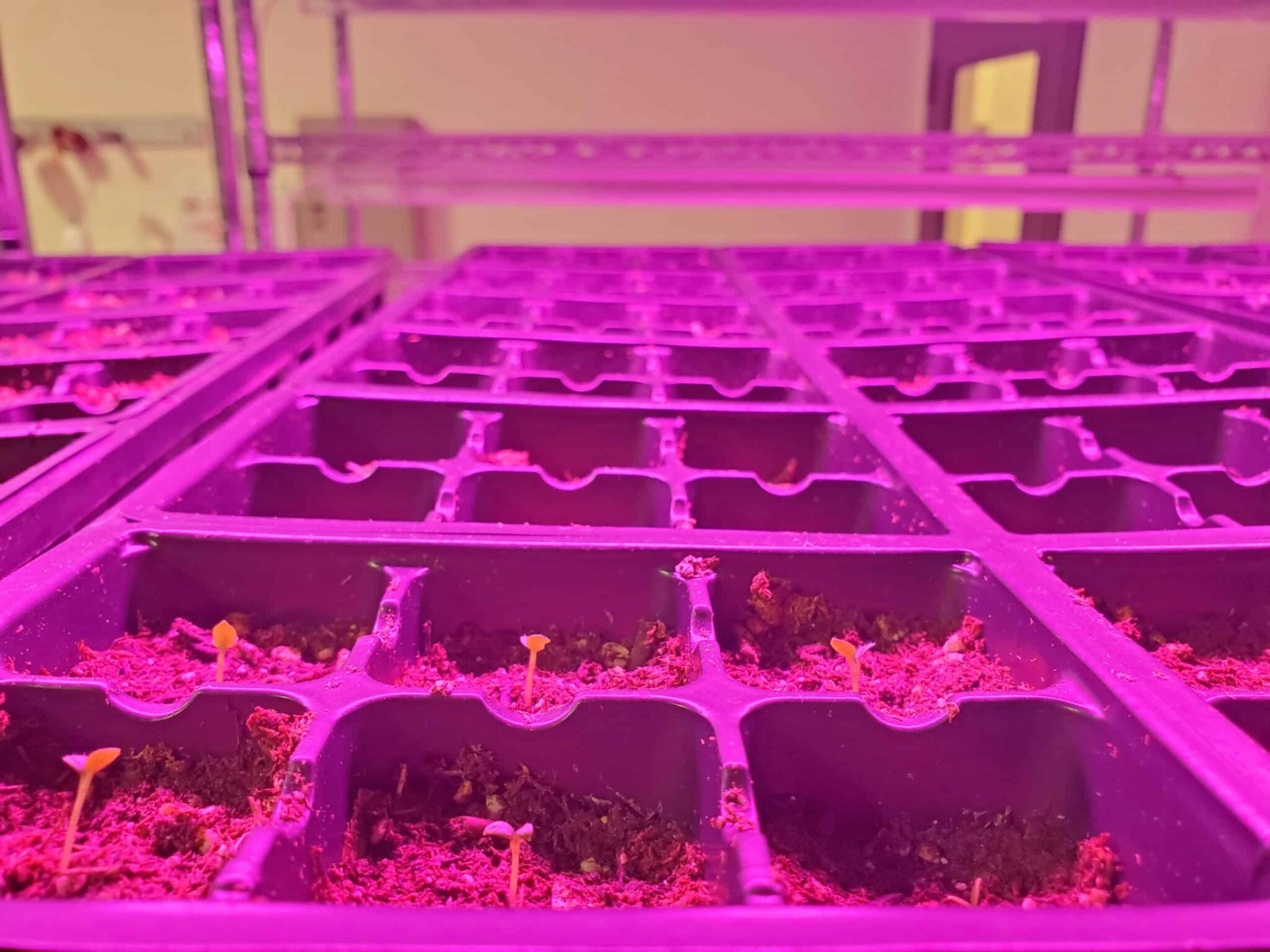A non-existent industry only a few decades ago, private potato breeding has changed the face of potatoes in Canada.
Potato breeding is a risky business. It can take more than a decade to get a variety to the stage where you can start making money off of it. Between that point there’s countless crosses made, testing done, production scale up of seed and then trying to find someone who will buy the seed for use.
Due to this risk, it’s harder for private breeders to get into the game. In North America most potato breeding has been done by public institutions including governments and post-secondary schools. In Europe they operate on a model where public institutions support private breeders in their work.
“A lot of potato farmers have no idea where new potato varieties came from, they think they come out of greenhouses and labs. Little do they understand all the background work that has to go on to develop new varieties,” Robert Coffin, a potato breeder with Privar Farms, explains in a phone interview.
“A LOT OF POTATO FARMERS HAVE NO IDEA WHERE NEW POTATO VARIETIES CAME FROM, THEY THINK THEY COME OUT OF GREENHOUSES AND LABS. LITTLE DO THEY UNDERSTAND ALL THE BACKGROUND WORK THAT HAS TO GO ON TO DEVELOP NEW VARIETIES.” ROBERT COFFIN
In Canada, up until Plant Breeders’ Rights (PBR) legislation was brought into effect in 1990, there was only public potato breeding. Before PBR there was no protections for plant breeding which made potato breeding even riskier.
“The minute we introduced a PBR law into Canada in the early 1990s, it was like you were opening up a floodgate — the number of new varieties coming into Canada, and particularly into the potato sector, just skyrocketed,” Anthony Parker, commissioner of plant breeders’ rights in Canada, explains in a phone interview.
European private breeders started to import potato varieties into Canada and in some cases start operations. There were also Canadian private breeding companies founded and even independent breeders began popping up.
“Canada has a really strong potato breeding ecosystem. There doesn’t necessarily need to be one player, but multiple players have a role. Canadian potato varieties should be competitive with those from companies from other countries or other public breeding programs like the U.S.,” David De Koeyer, head of the AAFC potato breeding program, says in a phone interview.
How PBR Let Private Potato Breeding Become a Reality in Canada
Potato breeding in Canada has been happening for decades. In 1933 the federal government started breeding work at the Agriculture and Agri-Food (AAFC) Fredericton Research Station and since then it’s gone through numerous changes while producing well known potato varieties such as Shepody.
De Koeyer says at the start the program focused on disease resistance but in the 1950s it widened to include consumer quality and agronomic traits.
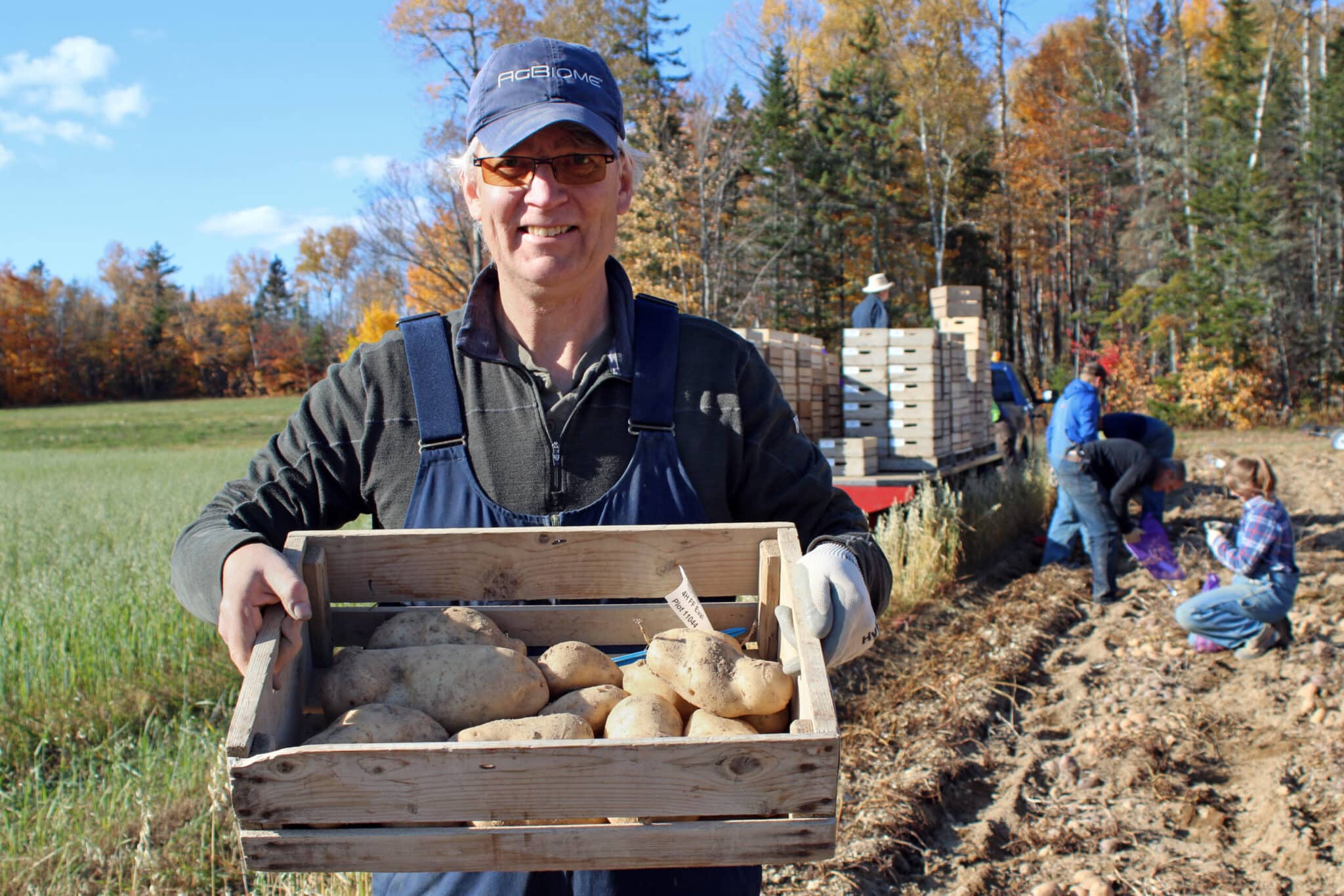
During the 1970s and 1980s, countries around the world started to put plant breeding regulations in place. The private sector was starting to take an interest in plant breeding and for the sector to thrive as a business there needed to be intellectual property (IP) protection in place.
“When you create or you innovate, the upfront cost to develop that innovation, or creation, is very, very high, it’s very expensive, it takes resources, it takes effort, it takes time, and it takes investment. But in the absence of IP protection, when you release it into the marketplace, the cost to reproduce that innovation is very low. Someone else can reproduce that variety and freeride off of your innovation,” explains Parker.
Internationally, the Netherlands was the leader in PBR, with other European countries such as the United Kingdom, Germany and France following suite, and later the United States and Australia. When Canada first joined the International Union for the Protection of New Varieties of Plants (UPOV), they were at a lower level of protection called UPOV 1978, later upping their membership to UPOV 1991 — a stronger form of IP protection.
“WHEN YOU CREATE OR YOU INNOVATE, THE UPFRONT COST TO DEVELOP THAT INNOVATION, OR CREATION, IS VERY, VERY HIGH, IT’s VERY EXPENSIVE, IT TAKES RESOURCES, IT TAKES EFFORT, IT TAKES TIME, AND IT TAKES INVESTMENT.” ANTHONY PARKER
“The minute we did that, we started to see greater amounts of foreign direct investment in Canada and plant breeding,” Parker says. “For the potato industry, we started to see an increase in the number of foreign varieties coming into Canada, because foreign breeders now had confidence that they could successfully protect innovation when they bring it into the Canadian marketplace.”
The ushering in of PBR also meant changes for the AAFC potato breeding program variety releases. Before AAFC would finish all varieties seeing them through to commercialization, after PBR, AAFC started the accelerated release program where varieties were offered to the industry to test at different stages with the companies having the option to license them at the end.
“After about 20 years of that program, we started to re-evaluate its effectiveness. And so that’s when we started the modernization of the program to be in better connected with the end user,” De Koeyer explains. “To allow us to get better feedback from the industry on what they like.”
In the late 2010s AAFC launched a modernized breeding program to bridge the gap between the breeding work and what the potato industry wanted. For De Koeyer the wealth of knowledge the AAFC program can provide for potato breeding through the network of AAFC scientists is paramount.
“Breeding involves strong components of science. There needs to be a connection to research institutes that are developing new science that can be applied to potato breeding,” he says. “We have a diverse range of scientists that can support potato breeding that wouldn’t necessarily be present in the private sector.”
Parker says potatoes are the number one crop in Canada protected under PBR with eight per cent of applications coming in being for potato varieties. This accounts for 826 applications since PBR came into effect, with 85 per cent being international. The number one country sending in applications is the Netherlands from private breeders, followed by the U.S. with a mix of private and public breeders.
“Historically, the largest number (of Canadian applications) has been from Agriculture and Agri-Food Canada. So, it’s the public sector protecting, but it does take time for the private sector to develop. And we have seen growth since the 2000s with a lot of small companies seeking PBR protection,” he says.
Parker points to Saskatchewan’s Tuberosum Technologies which has filed 13 new applications since 2015 as being a bright spot in the Canadian private potato breeding landscape.
Potato Breeding for the Locals
While the introduction of PBR opened the doors for large private companies to set up in shop in Canada, it also allowed for smaller private breeders to start operating in Canada.
Robert and Joyce Coffin have spent the better part of their lives dedicated to the potato industry. The couple met while in school at the University of Guelph where they both were studying potatoes — Robert plant pathology and Joyce plant breeding. Following university, the two found themselves working in the industry, first in Ontario and then in Prince Edward Island, and it was while in P.E.I. after PBR passed that they decided to get into the potato breeding game.
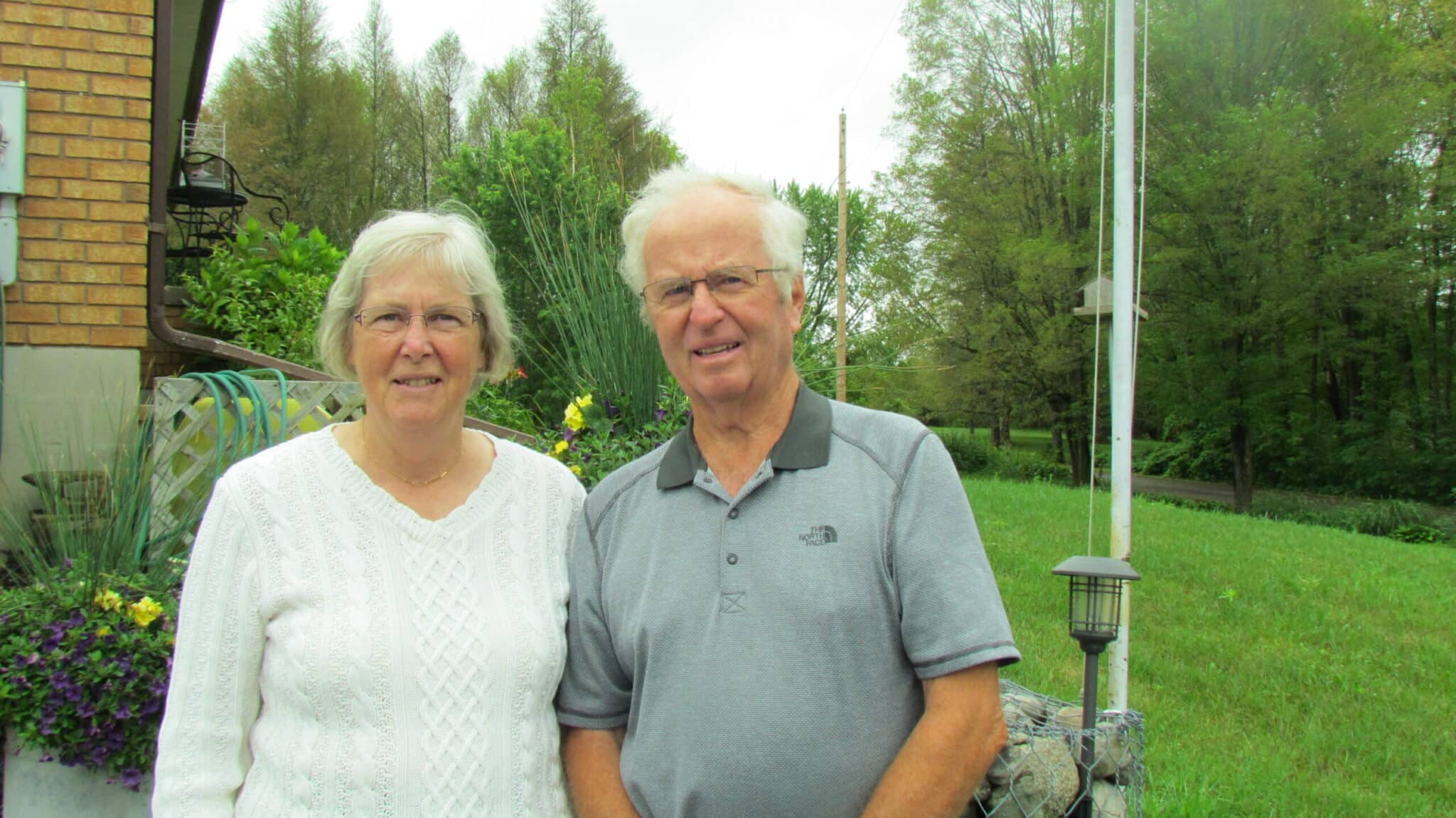
“We had some happy days and sad days, but in the happy days, we did get registration and commercialization of at least five different varieties of potatoes,” Robert says.
The two have done potato breeding on top of their fulltime jobs, and now in retirement are ramping down operations but are still involved in the industry. They have brought cultivars to the market including Prospect — a french fry processing variety, which they sold its royalties to Cavendish Farms.
“With all of our varieties, we ended up selling the intellectual property rights to the interested party. And that was for the best because then we don’t have to worry about seed production problems or anything like that,” Robert explains.
They’ve also been part of the¬†Canadian Private Potato Breeders Network (CPPBN)¬†which was founded in 2008 to connect private potato breeders from across the country. The group’s objective is to support each other in breeding new varieties and find opportunities for them to be commercialized.
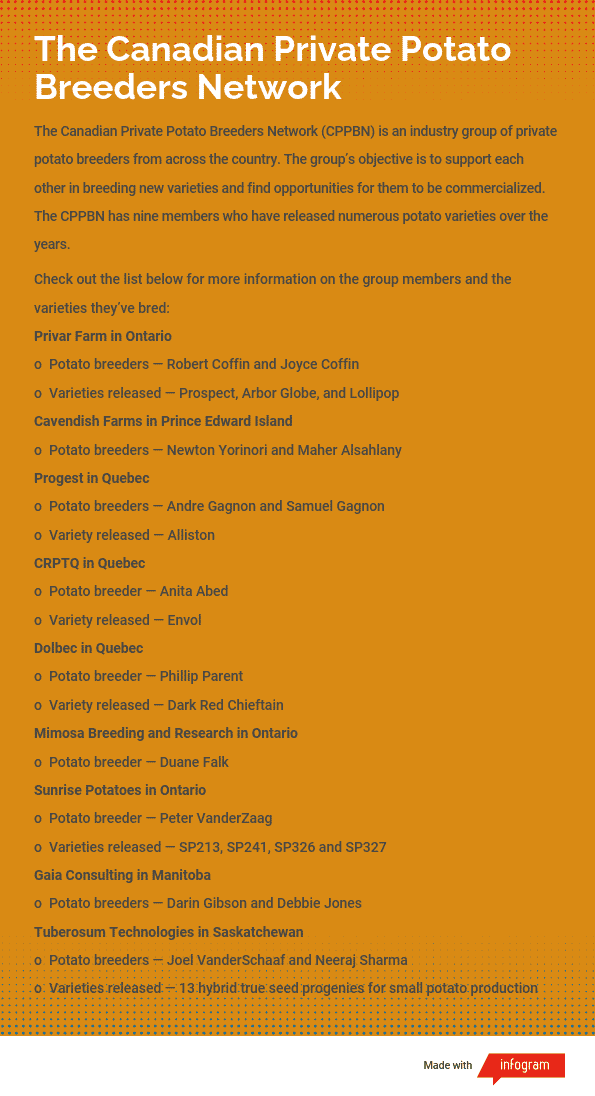
The members of the group support each other’s breeding work by testing varieties for them and sharing germplasm and clones. It allows the breeders to have access to each other’s facilities and equipment. The CPPBN also allows for the members to have a collective voice to represent them.
Robert is the current president with there being nine members in total. The members range from small operations such as Robert and Joyce’s Privar Farms to larger companies such as Cavendish Farms and Quebec Parmentier. One of the smaller breeders is Gaia Consulting, who started potato breeding in 2018.
Gaia Consulting is owned by Darin Gibson and Debbie Jones. The two run a contract potato research company in Manitoba. Through working with the industry on potato product trials they began to realize there was an interest in having potatoes bred in Manitoba for Manitoba conditions and issues. Through the support from the industry, including Peak of the Market, Gaia Consulting started their potato breeding operations.
“We’re doing it because we’re interested, and it could turn into something someday. We can only afford to do it because we have a research program that it can piggyback back onto,” Gibson explains in a Microsoft Teams interview.
The two have a mix of crosses they’re evaluating currently including red and white fresh varieties and a few french fry processing clones. Their dream is to someday to commercialize a red skin, white flesh potato variety with Peak of the Market.
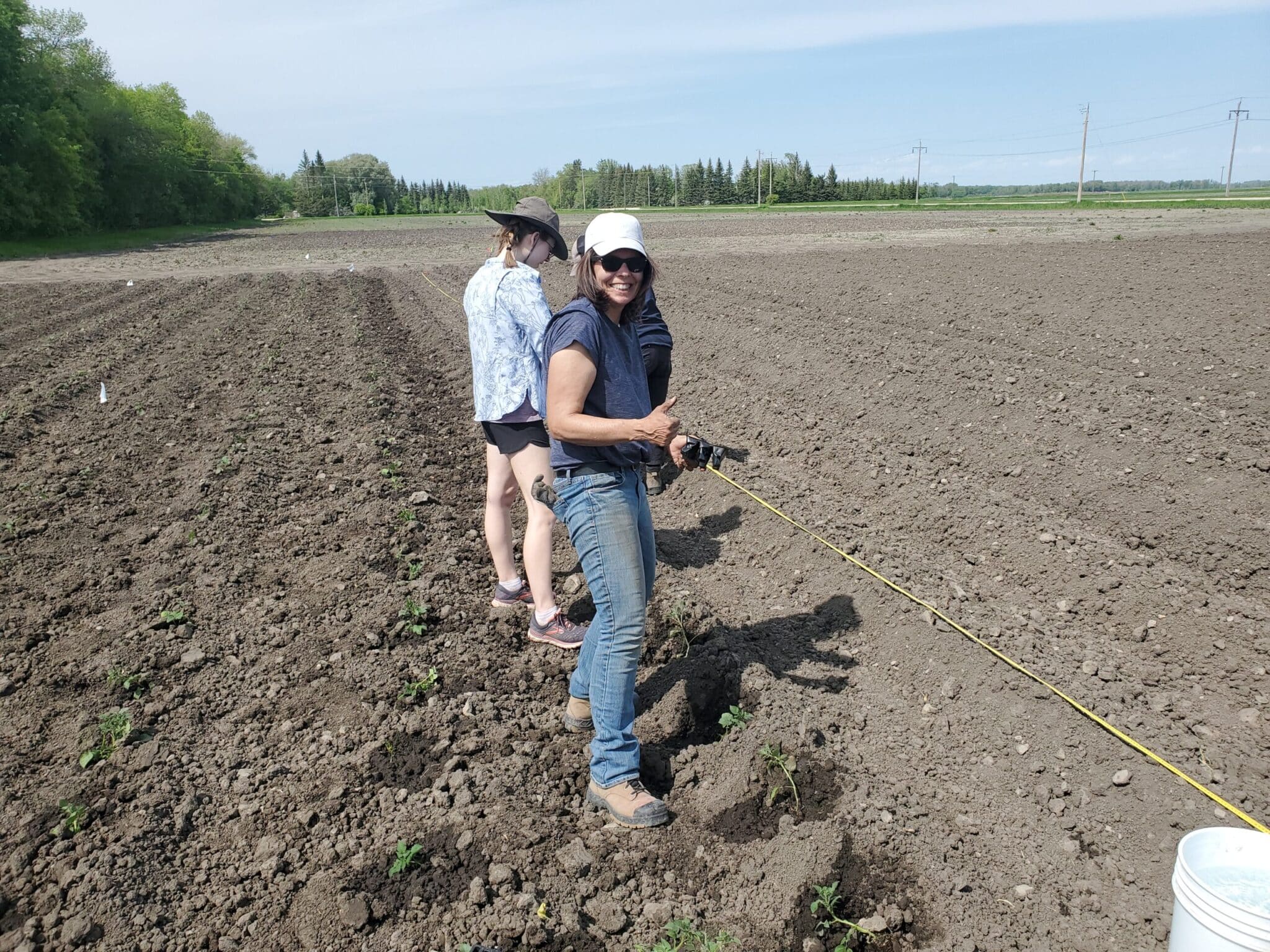
“Debbie did some selections last fall. There’s a few of them that look good and so hopefully they turn into something. We’re putting more and more emphasis on the breeding, and I know Peak of the Market is particularly interested in seeing the results of that,” Gibson adds.
At Peak of the Market, they became involved with variety evaluation about a decade ago to find varieties suited for Manitoba growers. Tracy Shinners-Carnelley, vice president of research, quality and sustainability at Peak of Market, says they were interested in red skin, white fleshed varieties and found there wasn’t a lot of selections available.
“It seems to be sort of a niche market in the world of potato breeding. So, this is an opportunity, for us as Peak, to be collaborating with the private breeders in Canada, including Darin and Debbie, to really develop that partnership and collaboration for them to understand what we are looking for in varieties,” Shinners-Carnelley explains in a phone interview.
She adds the opportunities are endless for potato breeders, but by working with them Peak of the Market can identify what private breeders are producing and find varieties that work for the company’s growers and customers.
European Invasion
Canadian potato growers are looking for options to differentiate themselves in the marketplace, which has been good news for European potato breeders.
“They’re seeking and trying out new things. New chipping varieties, or different types of yellow flesh or colour fresh varieties, things like creamers or fingerlings, and really those innovations are coming from places like Europe,” Parker says.
One European potato breeder taking advantage of this is Dutch company HZPC. The company has been breeding potatoes for more than a century and after PBR came into effect in Canada, they decided to set up shop in the country opening a breeding facility in Charlottetown, P.E.I. in the early 2000s.
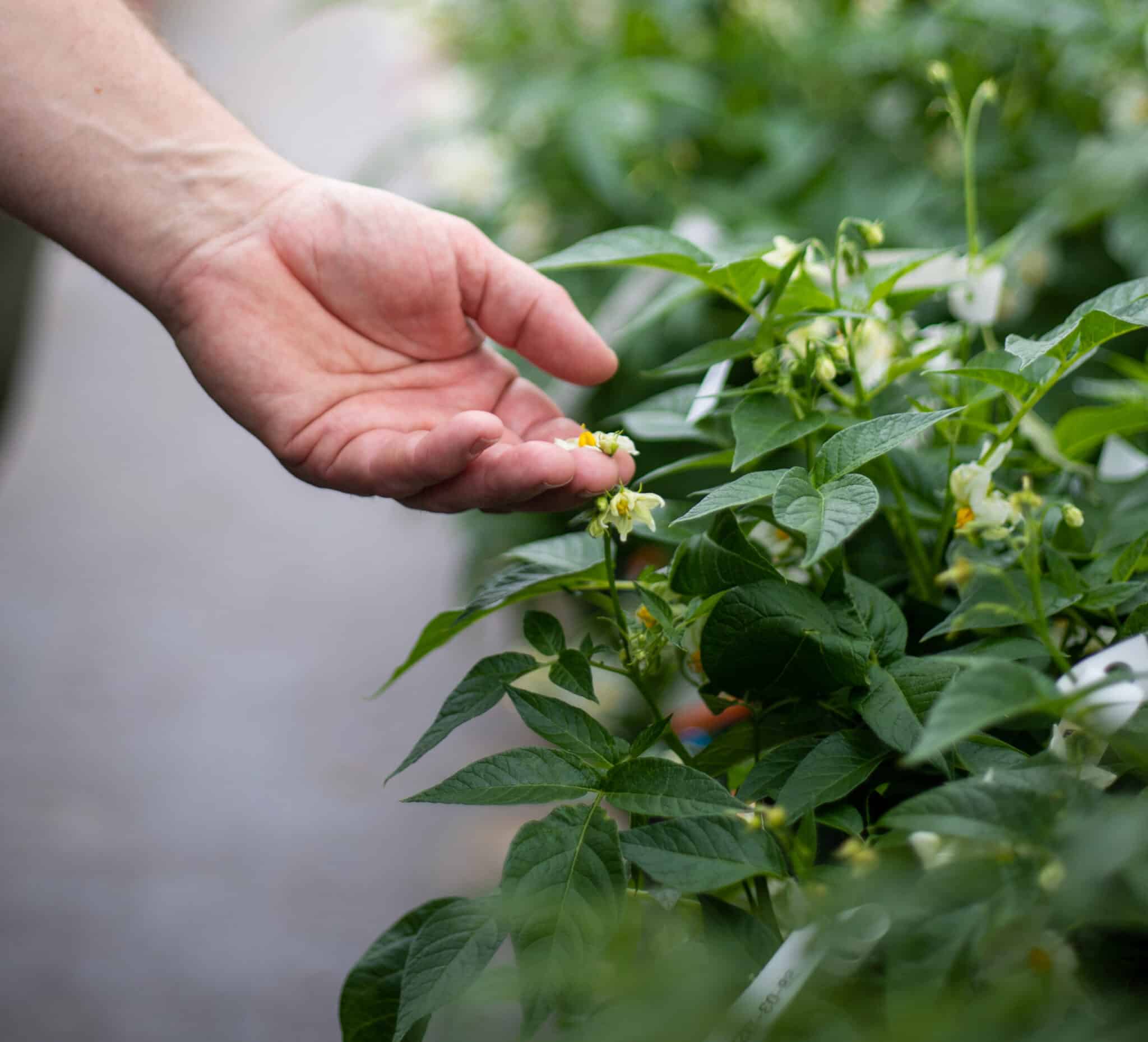
“The North American market was becoming more and more receptive to new varieties. It wasn’t just the Russet Burbanks of the world, we started seeing some of the coloured potatoes, so that the red skin, white flesh; yellow skin, yellow flesh potatoes start coming to be, and really, that’s our wheelhouse,” Aron Derbidge, sales and key account manager with HZPC Canada, explains in a phone interview.
At the start, HZPC was importing varieties bred in the Netherlands for Dutch conditions, but after establishing their presence in Canada they were able to start working with the company’s breeders to develop potatoes for the Canadian market. HZPC has a tissue culture laboratory and research and development greenhouse in P.E.I.
While there are other European potato breeders importing varieties into Canada, HZPC is the only one with breeding operations in the country.
A Vision for the Future of Potato Breeding in Canada
Potato breeders in Canada do see a future for private potato breeding, however their views on that future vary. The CPPBN is in discussion with AAFC as the two want to collaborate on breeding work including the sharing of information, equipment, and other resources the public program and private breeder network both have.
“Ag Canada is a public institution; it’s paid for by Canadian taxpayers’ dollars. And the private breeders feel it’s only fair that we should be able to access some of these services that are that are paid for by the public,” Robert explains.
While AAFC is in support of private potato breeding, it’s still trying to sort out the right balance between public and private programs. De Koeyer says it’s about finding the right balance in Canada of public research to economically driven private research.
“There’s very little private breeding in in the U.S. and Canada, we’re kind of in a transition, we have both. So, it’s important the government is also able to take a longer-term view of what is needed in varieties, not just yield,” he explains. “There isn’t a perfect system. I think we need to have the research done in governments or universities. And there is a role for the private sector.”
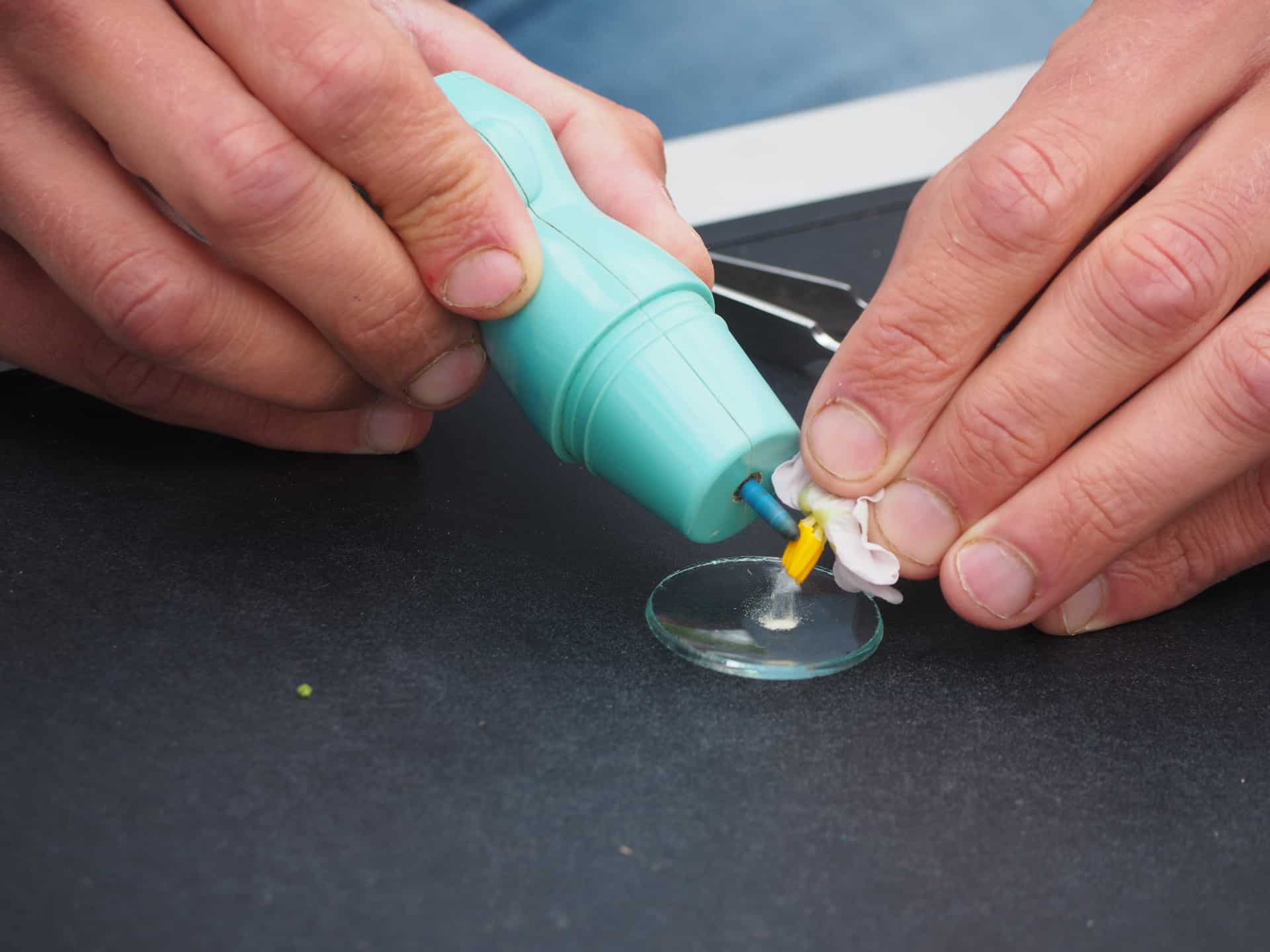
Canada does still have work to do on PBR, which could in turn attract more breeders to the country in the long run. Currently Canada’s PBR legislation only provides IP protection for 20 years while in Europe breeders have protection for 30 years.
“I think there’s a strong case to be made that if Canada can increase the duration of protection to something longer than 20 years, it might be beneficial to a crop like potatoes that take so long to breed and so long to get market adoption,” Parker says.
There are also opportunities for breeders when it comes to the marketing of potatoes. HZPC sees growth for the industry through the commoditization of potatoes and educating consumers to buy based on potato variety not colour. Similar to how we’ve seen craft beer become popular, we are seeing that happen in potatoes with people learning how different varieties of potatoes cook and what they are good to be used for, Derbidge says.
“There really are substantial differences in how they perform in the kitchen, how they taste, what they complement well, with what they pair well with. All of the varieties are distinctly different.”
He points to Europe and Idaho where the varietal information is listed on potato bags as what HZPC would like to see across North America.
At the end of the day, potato breeding in Canada has come a long way, and now with both private and public breeding happening there’s more options than ever of potatoes to be grown across the country.
Header photo — Trays of potato seedlings in Gaia Consulting’s greenhouse. Photo: Gaia Consulting
Related Articles
Improvements are Around the Corner for Blight Resistant Potatoes


